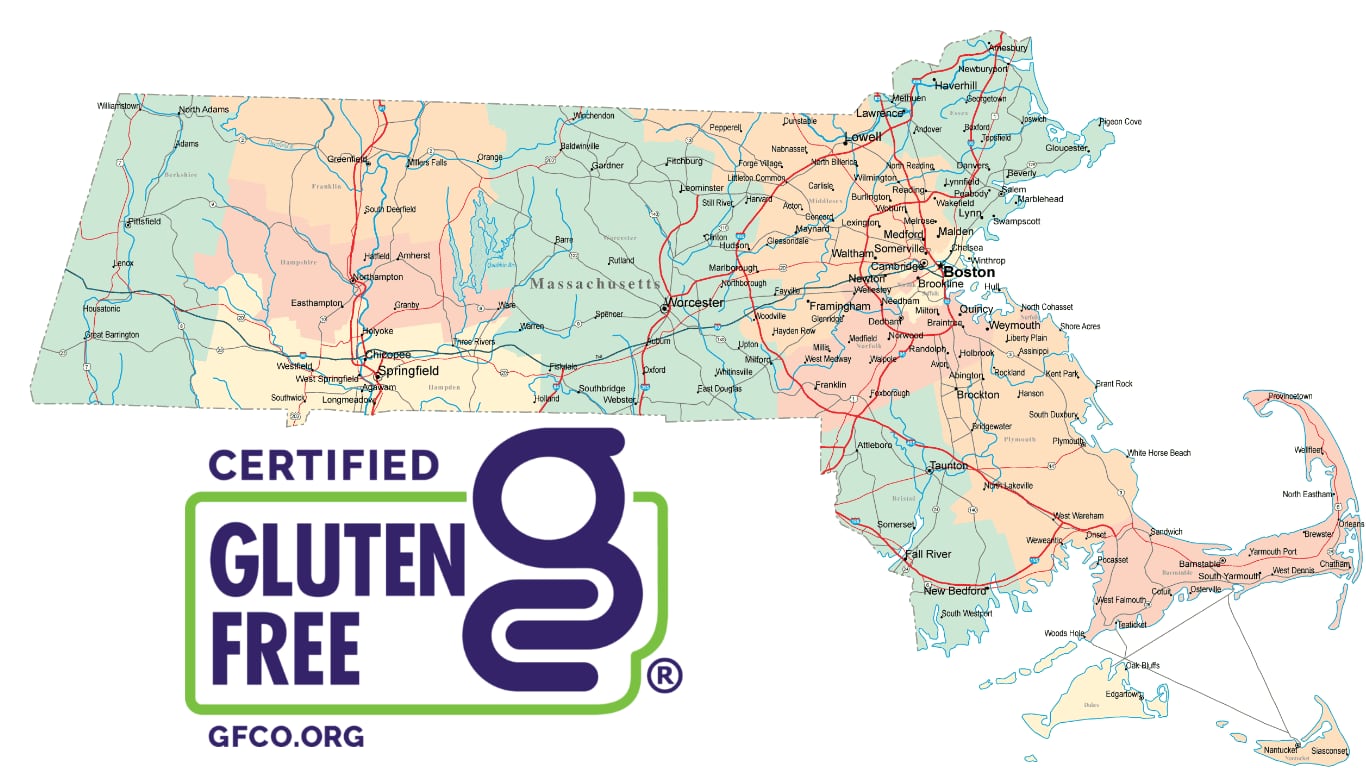What to look for on gluten-free food labels
Things to Consider
With the increasing popularity of gluten-free diets, it can be overwhelming to navigate the world of gluten-free foods. While many foods are naturally gluten-free, others may contain hidden sources of gluten. To ensure that you are making informed choices, it is important to know what to look for on gluten-free food labels.

Here are some key things to look for on gluten-free food labels:
- Certification: Look for a certification symbol from a recognized gluten-free certifying organization, such as the Gluten-Free Certification Organization (GFCO). These symbols indicate that the food has been independently verified to meet strict gluten-free standards.
- Ingredients: Check the ingredient list for any potential sources of gluten, such as wheat, barley, and rye. Gluten can also be hidden in ingredients like malt, modified food starch, and hydrolyzed vegetable protein. Be sure to read the entire ingredient list, as gluten can be listed under different names.
- "Gluten-free" label: Look for products that are labeled "gluten-free." This indicates that the product contains less than 20 parts per million (ppm) of gluten, which is the threshold set by the U.S. Food and Drug Administration (FDA) for gluten-free labeling.
- Cross-contamination: Check the label for any warnings about potential cross-contamination with gluten-containing ingredients. Some products may be processed in facilities that also process wheat, barley, or rye, which can lead to cross-contamination.
- Nutritional value: Just because a product is gluten-free doesn't necessarily mean it is healthy. Be sure to check the nutritional value of the food, including the amount of sugar, fat, and calories. Look for gluten-free products that are also nutrient-dense, such as those made with whole grains, fruits, and vegetables.
It's important to note that gluten-free labeling standards can vary by country, so be sure to check the regulations in your area. In the United States, for example, the FDA regulates gluten-free labeling, while in Canada, gluten-free labeling is voluntary.
In conclusion, navigating the world of gluten-free foods can be challenging, but knowing what to look for on food labels can help you make informed choices. Look for certification symbols, check the ingredient list for potential sources of gluten, and be sure to check for any warnings about cross-contamination. Finally, remember that gluten-free doesn't necessarily mean healthy, so be sure to check the nutritional value of the food as well.
